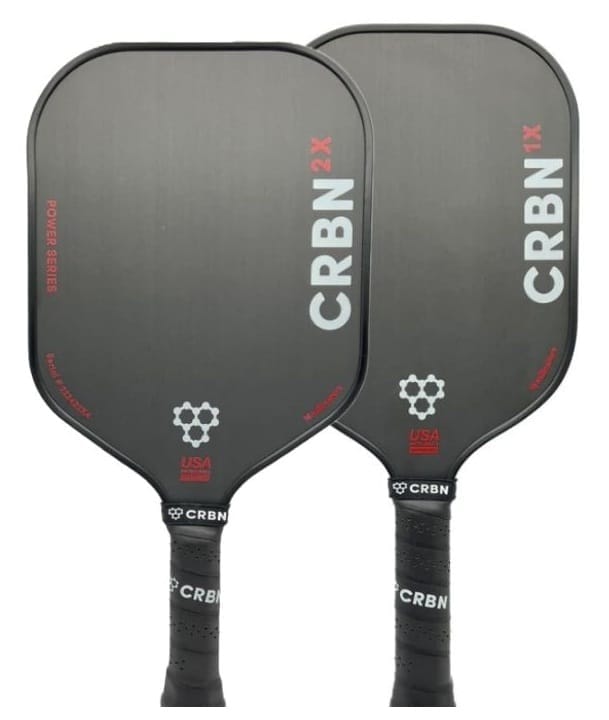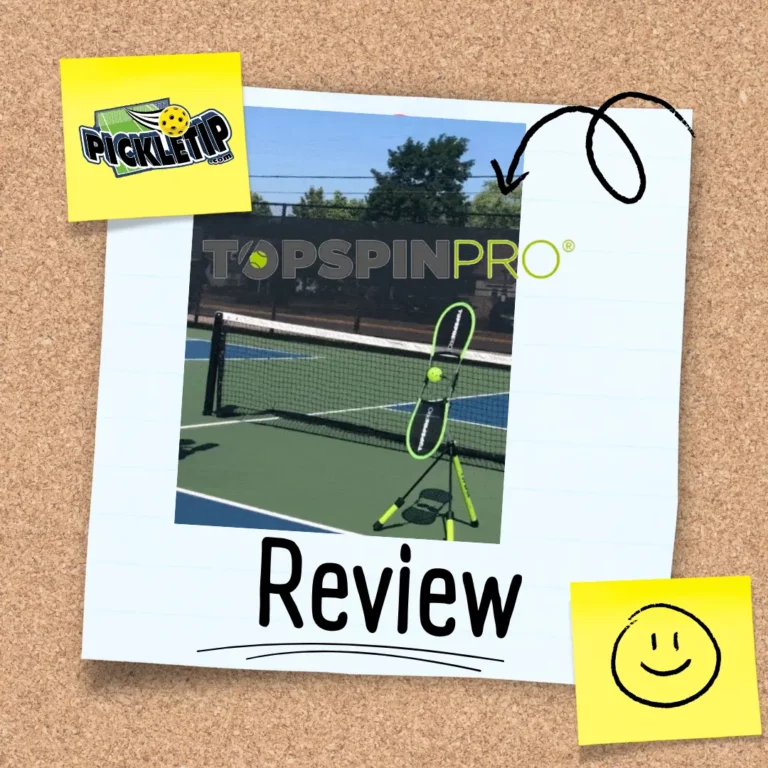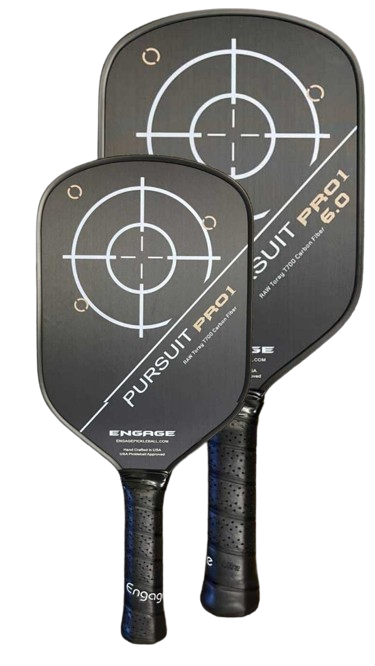How Often Should You Replace Your Pickleball Paddle?
How Often Should You Replace Your Pickleball Paddle?
The sport of pickleball necessitates players to have the right equipment. The paddle, being a pivotal piece of gear, often raises questions about its longevity. This guide aims to address the most common queries about pickleball paddle replacement, offering insights into its maintenance and recognizing potential issues. So when should You Replace Your Pickleball Paddle?
Frequently Asked Questions
1. How often should I replace my pickleball paddle?
The need for paddle replacement is influenced by the intensity and regularity of your games. Professionals like Ben Johns might switch paddles after every two tournaments due to the high wear and tear. Conversely, for casual players, a paddle can last anywhere from 1 to 5 years.
2. Why do professional players replace their paddles frequently?
Many professionals, especially those who get paddles for free or at a reduced price, change them often. The primary reason is the quick deterioration of the paddle’s grit, which can be a disadvantage in competitive scenarios.
3. What constitutes a “Dead” Pickleball Paddle?
A “dead” paddle is one that doesn’t function as intended when manufactured. Reasons include cracks, dents, surface wear, or mere overuse. Recognizing and replacing a dead paddle is vital as it can hinder shot quality, reducing power and spin.
4. How can I identify dead spots on my pickleball paddle?
Dead spots can drastically hinder a paddle’s efficiency. The most straightforward method to detect a dead spot is through visual examination. Signs like chipping, excessive wear, or visible dents indicate compromised performance.
5. What does delamination imply for a pickleball paddle?
A delaminated paddle means the layers, primarily the core, are detaching. This can drastically affect performance.
6. How can I determine if my paddle is delaminated?
Delamination can severely hamper a paddle’s functionality. Indicators include:
- Altered ball speed off the paddle.
- Different sound upon ball impact.
- A “mushy” in-game feel.
A simple test, tapping the paddle with a coin, can also detect delamination. A varied sound from the center compared to the edges suggests possible delamination.
7. When should I consider replacing my pickleball paddle?
While pickleball paddles are durable, they aren’t everlasting. The paddle’s material, your playing style, and playing conditions influence its lifespan. Signs like visible damage, altered sound upon ball impact, surface texture degradation, and paddle fatigue indicate the need for replacement.
8. How can I extend the life of my pickleball paddle?
To enhance your paddle’s durability:
- Shield it from extreme weather conditions.
- Use a protective bag for storage.
- Avoid unnecessary tapping with other paddles.
- Prevent leaning on it to avoid undue stress on its handle and frame.
Prolonging Your Pickleball Paddle’s Life
To ensure your paddle lasts as long as possible, follow these tips:
- Treat it with care: Use protective covers.
- Avoid extreme temperatures: Never leave it in vehicles or under direct sunlight.
- Gentle celebrations: Refrain from aggressive paddle clinks post-game.
- Handle with care: Avoid venting frustrations on the paddle.
- Regular cleaning: This maintains surface texture and performance.
Replace Your Pickleball Paddle
In essence, while measures can extend paddle life, playing style and frequency will dictate its actual lifespan. Being aware of its condition and timely replacements ensures you always play at peak potential.
In summary, the decision to replace your pickleball paddle hinges on several factors, including playing habits, paddle make, and evident damage signs. By understanding these elements and adopting preventive measures, you can maximize your paddle’s efficiency. Regular inspections and awareness of its state will aid in maintaining top-notch court performance.







